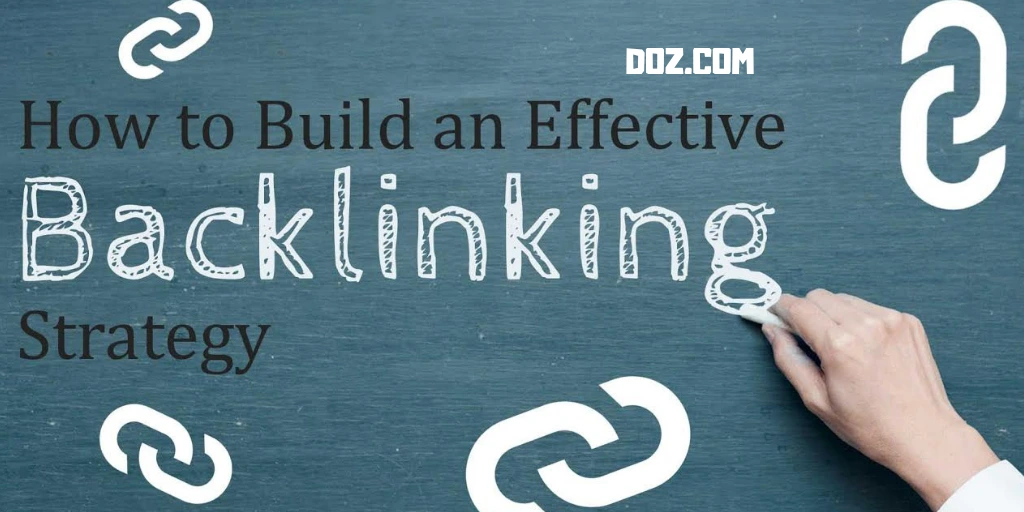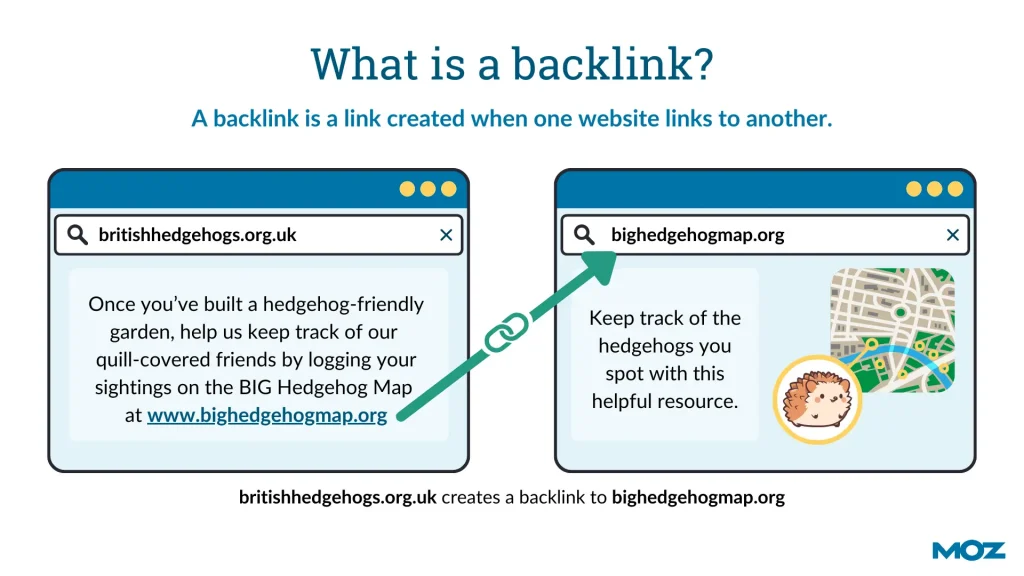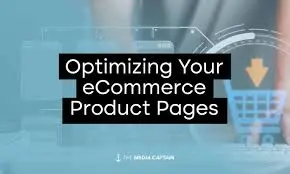Avoiding Common SEM Mistakes for Effective Campaigns
Search Engine Marketing (SEM) offers immense opportunities to drive traffic and increase conversions. However, even with its potential, mistakes can lead to inefficiencies and wasted resources. This blog will highlight frequent SEM pitfalls and provide actionable Search Engine Marketing tips to sidestep them, ensuring your campaigns deliver results.
1. Selecting the Wrong Keywords
The Issue:
Choosing inappropriate keywords can attract irrelevant audiences, resulting in low engagement and wasted budget.
How to Address It:
- Perform comprehensive keyword research using tools like Google Keyword Planner or Ubersuggest.
- Focus on keywords that align with user intent, particularly long-tail keywords.
- Use negative keywords to effectively exclude irrelevant traffic.
2. Misusing Keyword Match Types
The Issue:
Defaulting to broad-match keywords often triggers ads for unrelated search terms, reducing campaign precision.
How to Address It:
- Understand and leverage keyword match types, including exact and phrase matches.
- Regularly review search term reports to refine targeting.
- Adjust match types based on campaign goals and performance data.
3. Neglecting High-Quality Ad Copy
The Issue:
Generic or uninspiring ad copy fails to grab attention, resulting in low click-through rates.
How to Address It:
- Craft engaging headlines that highlight the value of your offering.
- Incorporate action words and address user pain points in descriptions.
- Continuously test different versions of your ad copy to identify what resonates best.
4. Weak Landing Page Experience
The Issue:
Sending traffic to a poorly optimized or irrelevant landing page can deter users and lower conversion rates.
How to Address It:
- Ensure landing pages load quickly and are optimized for mobile devices.
- Maintain consistency between ad messaging and landing page content.
- Include a clear and compelling call to action to guide users toward the desired action.
5. Lack of Audience Segmentation
The Issue:
Failing to segment your audience leads to generic campaigns that miss specific needs or interests.
How to Address It:
- Utilize platform features to target specific demographics, interests, and behaviors.
- Implement remarketing campaigns to re-engage past visitors.
- Create tailored ads that speak directly to each segment’s unique preferences.
6. Overlooking Campaign Performance Metrics
The Issue:
Tracking surface-level metrics like impressions without analyzing deeper insights can mask inefficiencies.
How to Address It:
- Monitor CTR, conversion rates, and cost per acquisition (CPA) metrics.
- Use tools like Google Analytics to evaluate campaign impact.
- Set clear goals and KPIs to measure performance accurately.
7. Inefficient Budget Allocation
The Issue:
Overspending on underperforming ads or underfunding potential winners reduces campaign profitability.
How to Address It:
- Begin with a well-researched budget based on campaign goals.
- Use automated bidding strategies to allocate spending effectively.
- Regularly review campaign performance and adjust budgets accordingly.
8. Underutilizing Ad Extensions
The Issue:
Ignoring ad extensions limits the additional information provided to users, reducing your ad’s overall appeal.
How to Address It:
- Implement sitelinks, callouts, and structured snippets to enrich your ads.
- Update ad extensions to reflect current promotions or business changes.
- Analyze the performance of your extensions to maximize their impact.
9. Skipping Competitor Research
The Issue:
Failing to analyze competitor strategies can result in missed opportunities and ineffective positioning.
How to Address It:
- Research competitors using tools like SpyFu or SimilarWeb to identify their strategies.
- Pinpoint areas where you can outperform or differentiate your offerings.
- Stay updated on competitor ads and adjust your campaigns to maintain a competitive edge.
10. Not Testing and Adapting
The Issue:
Sticking to a static campaign strategy without testing can lead to stagnation and missed optimization opportunities.
How to Address It:
- Regularly test variations of your ads, such as headlines, visuals, and CTAs.
- Experiment with different keywords, bidding strategies, and audience segments.
- Analyze test results and refine campaigns to enhance performance continuously.
Conclusion
SEM campaigns demand careful planning, ongoing analysis, and adaptability to achieve success. By avoiding these common mistakes and applying Search Engine Marketing tips, you can enhance the effectiveness of your efforts. Remember, consistent optimization and learning from performance data are the keys to successful campaigns. Utilize these Search Engine Marketing tips to refine your strategies, spend your budget wisely, and engage your audience meaningfully.















